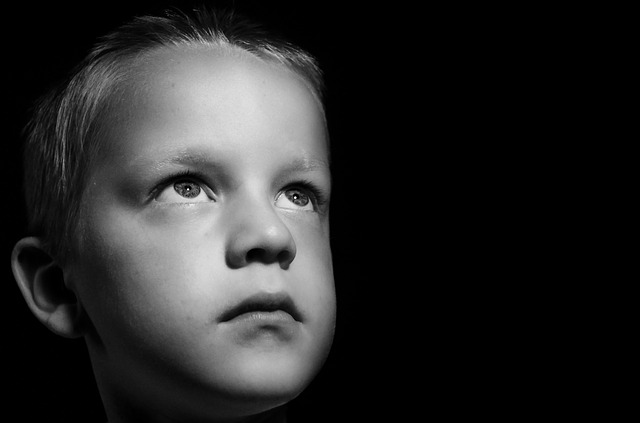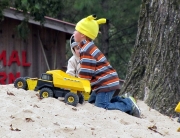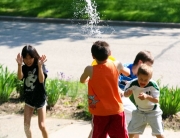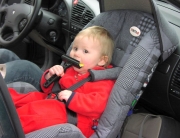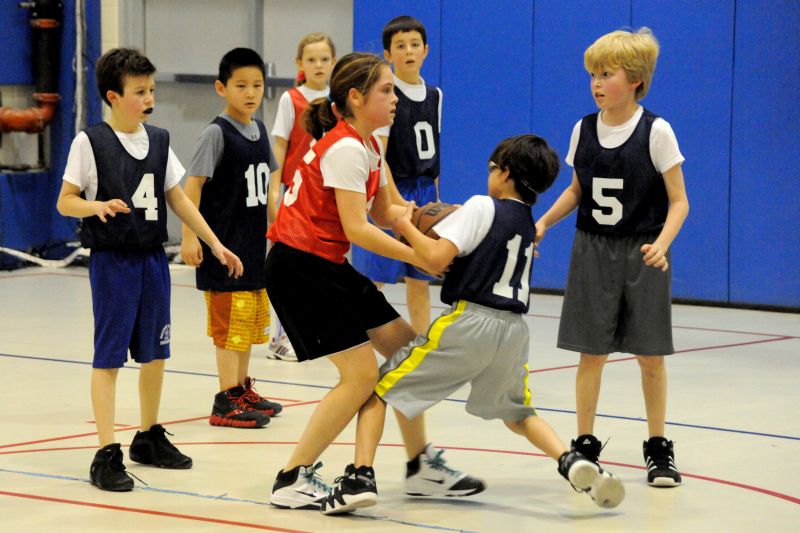One of the hardest things in the world to explain to your young children would be death. Talking to them about life and death is so hard, because on the one hand you want to protect them from such harsh realities as long as you can. On the other hand you don’t want to wait until a death occurs and you have to explain to them. This makes things even tougher and if they refuse to listen it can get really frustrating.
What you have to do is take a light approach to things. Often times what you think they learn based on whatever religion you belong to (assuming you practice at all) isn’t going to sink in at a young age. You have to take control now in order to prepare them for eventualities such as a death. One of the best ways to do this would be to focus on the most likely death they’ll experience when they are a young child. This would be the death of a pet in the family. Now you might not have a pet, but this doesn’t mean you can use the example in order to make it easier to explain to them.
The first thing you want to let your young kids know is that death is a part of life. You connect the two, but you don’t make it seem like one is worse than the other. If there’s a pet in the family that dies you can take this time to explain to the kids how the death can be a good thing. Focus on the good times they had with the pet. This is the same approach you would take with them if a family member were to die or another close relative. Tell them to remember the good and not look at it as a bad thing. This can be tougher for people who aren’t religious, because they might have less ways of doing this.
If you are a religious person though then the focus becomes easier. You can tell your kids that death is a form of rebirth. You can teach them about how life an death are both connected and that death is just a new form of life. This has to be done carefully though, because the goal is to make them look at it as not being a loss. And if the child did feel a sense of loss (as they probably would if a pet died or a family member died) then you want to still focus on the good and not the bad.
For instance, if a family member died maybe they were in bad pain and death took the pain away. They are now in a better place where there is no pain and suffering. So the family member is happier now and healthy. This will make the child look at death in a better way as to not be completely torn up by it. As far as the loss itself goes you can help them to focus on the good memories and let them know as long as they focus on this the deceased pet or family member will live on in their minds. This isn’t easy to do, but it has to be the focus.

